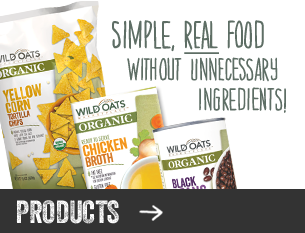A dried fruit and nut tray should be on your list of holiday goodies. At Christmas time we like to offer up some tasty treats that seem uniquely matched to the holiday season. I’m talking about the treats that are part of the between meal munching, or treats that are found on the snack table at a holiday party. There are tons of basic foods that should be included but that don’t scream “holidays” … chips and dip, cheese and veggie trays, little hors doeuvers … and a few more of your personal favorites. The snack goodie that only shows up over the Christmas holiday season for me, it is a beautifully arranged dried fruit and nut tray! This is a holiday tradition that makes a nice addition to whatever else we might be grazing on.
I am no great cook, and I am super busy, so hours spent doing wonderful holiday baking just doesn’t fit into my schedule. I’ll do the pecan pie because my recipe is so much healthier, and it doesn’t take much work to create it. I’ll definitely cook the big Christmas dinner for the family. But, when it comes to all the wonderful baked goodies, I’m not your go-to-gal! A Dried Fruit and Nut Tray suits me just fine …. healthy, nutritious, colorful, festive … and … no cooking!!
The size of the tray and the variety of fruits and nuts is super flexible so it fits just about any occasion. My favorite dried fruits are apricots, figs, dates, pears, mangos, apples and a few dried cranberries for color. The nut options are great too … pistachios (in the shell), roasted almonds, roasted cashews, salted mixed nuts, walnuts, pecans and maybe a few pine nuts sprinkled around. You don’t need to use them all, just pick a few different fruits and 3 or 4 nut options, arrange them nicely on a holiday tray, and you are good!
There are many health benefits for each variety of dried fruit. Collectively, they all:
● are rich in fiber which is good for intestinal health and healthy cholesterol
● are mineral dense which supports healthy function throughout the body
● are full of antioxidants to help support immune function and cellular health.
There are many health benefits for each variety of nut. Collectively, they all:
● are high in protein and we know that is good for muscle health and is also is a major factor in cellular function everywhere in the body
● contain predominately unsaturated fats which are really great for supporting healthy cholesterol.
● are rich in plant sterols also for healthy cholesterol
Another nice way to include dried fruits and nuts is in a small cookie or candy box (with compartments for 4 or 6 items) as a simple “from the kitchen” gift item. It is easy to create, and tied with a colorful ribbon, or even a piece of twine with a sprig of greenery, and you have a healthy, thoughtful and appreciated little gift. This is also a great idea for an “extra” little gift, just in case the neighbors come over with a batch of their Christmas cookies or a bottle of wine. Everyone will feel appreciated, and you’ll be prepared! Healthy Holiday Cheer!! Nice!
Additional Resource:


 Contact us
Contact us






